As interest in sustainable food production grows, more and more people are asking,
What is aquaponics?
Aquaponics is a method of growing food without using soil. Instead, you grow plants in water. It is a type of hydro-culture. Hydro-culture uses nutrients dissolved in the water to grow plants. A different kind of hydro-culture is hydroponics.
Aquaponics uses the hydroponics as part of the overall aquaponics system. Aquaponics also makes use of the aquaculture system. Aquaculture involves the cultivation of aquatic animals in a fish tank.
Some people refer to aquaponics as hydroponics with fish or organic hydroponics.
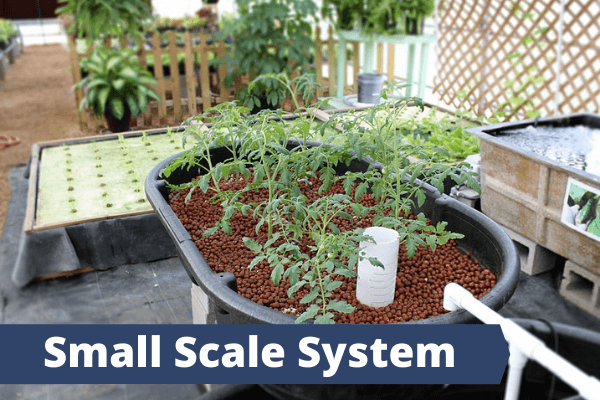
What does Aquaponic Mean?
Aquaponics is used to describe the practice of doing aquaponics.
Aqua is derived from Latin which stands for water, liquid or a solution.
Ponic is derived from the Greek word ‘ponein‘ which stands for labor.
Aquaponics Defenition
Aquaponic gardening is a farming method that is recirculating the freshwater from aquaculture into hydroponic systems where plants are cultivated. The plants draw nutrients from the water and is recycled for reuse for the aquatic animals.
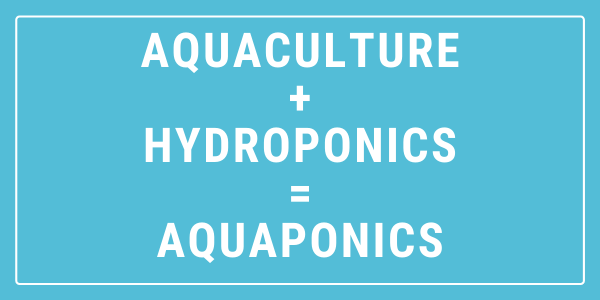
How does Aquaponics Work?
- In the fish tank, the waste produced by the fish and fish food accumulates.
- This accumulation eventually makes the water toxic for the fish.
- Bacteria are introduced, called nitrifying bacteria.
- The bacteria convert toxic ammonia into nitrites, and then nitrates.
- The water is circulated into the hydroponics system, where the roots of the plants use these nitrates (and other elements) as nutrients to grow.
- You can harvest plants and fish.
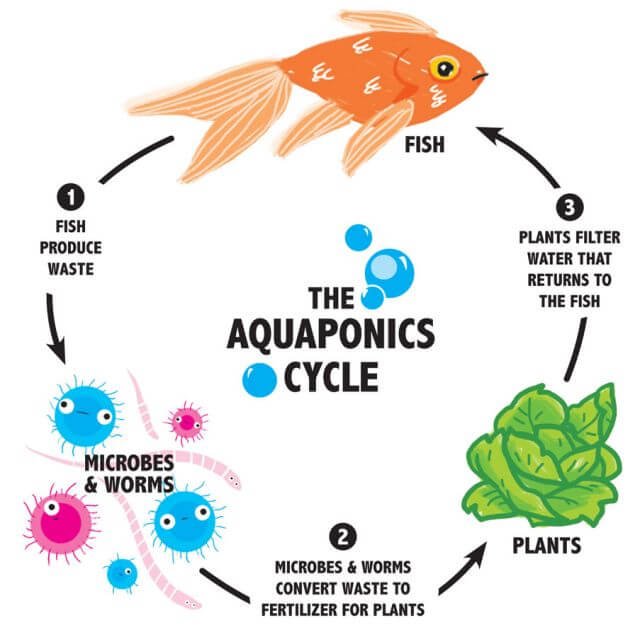
Benefits of Aquaponics
Aquaponics re-uses the water within the system. Therefore, it uses substantially less water than plants grown in a soil-based system (about 90% less).
These systems are more beneficial for the environment as they do not produce the run-off typically produced in soil-based agriculture.
Because plants grown in an aquaponics system receive most of there nutrients from the aquaculture system (the fish), there is no need to introduce extensive fertilizer. However, the fish, which partly provide the nutrients, do require food.
In Aquaponics, plants are able to be planted closer together. This means a reduction in land usage. Just like hydroponics, the plants are most of the time cultivated in a greenhouse.
With hydroculture, you are able to produce vegetables or fruits continuously. This means that you can plan your harvest days in advance which gives you control over the production.
Because there will be no soil, there will be no weeds in between your crops.
Plants are able to grow faster because all the nutrients are provided for the plant.
Aquaponics Systems
You have different kinds of choices for growing plants and fish in aquaponics. One will be more suited for the backyard aquaponics gardener while the other might be better for commercial systems.
The systems include:
- Media bed
- Nutrient Film Technique (NFT)
- Deepwater culture of floating rafts
- Vertical towers
- Dutch buckets
- Deep flow technique of DFT
- Wicking beds
If you want to read more about these systems, read my article about Aquaponics systems.
Best Fish for Aquaponics
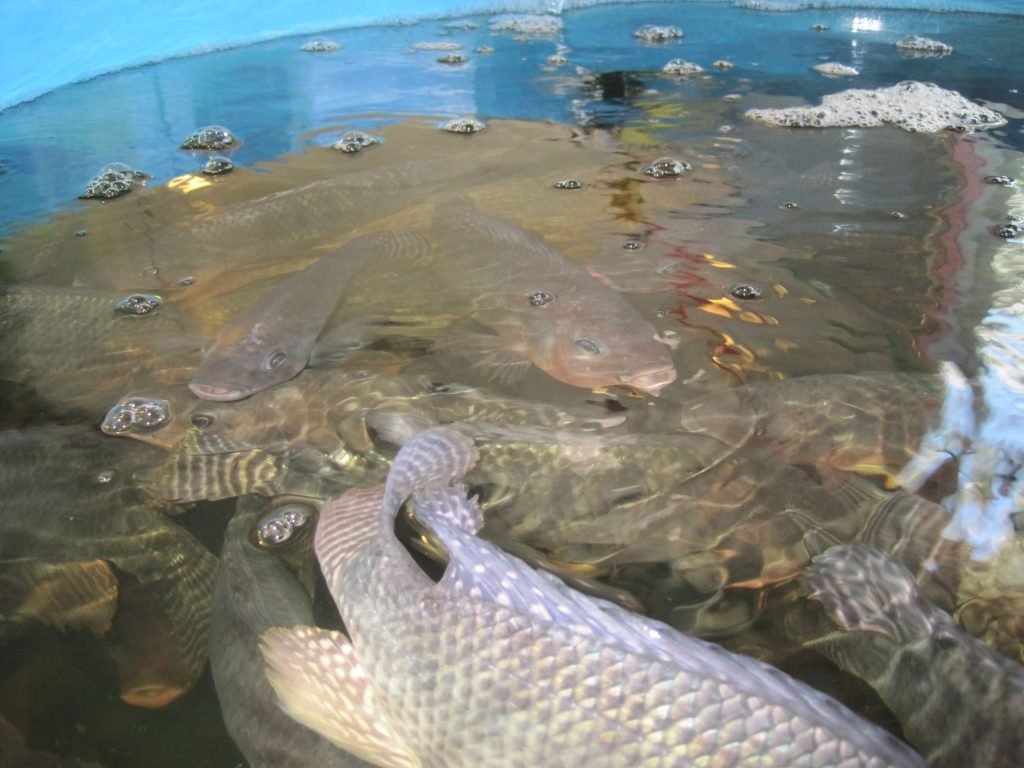
You will need some fish for your aquaponics system. But what fish is the best for aquaponics? And are you allowed to cultivate that fish in your state or country?
Some of the most popular fish are:
- Tilapia
- Trout
- Jade Perch
- Catfish
- Shrimps
If you want to know more about which fish to use for aquaponics, read my article on the best fish for aquaponics.
Best Plants for Aquaponics
An aquaponics system is not complete without plants. Choosing the best plants for aquaponics is quite easy. You can grow plants like:
- Lettuce
- Kale
- Strawberries
- Tomatoes
- Peppers
- Basil
- Ginger
There are many other plants that you can grow. Each preferring its own aquaponics system. If you want to know more, read my article about the best plants for aquaponics.
Aquaponics Supplies
One downside to aquaponics is that you need more supplies and materials to build your system.
Once you have these materials, you can start growing food in your own backyard.
Do you want to get an extensive list of supplies?
Read my article about aquaponics supplies.
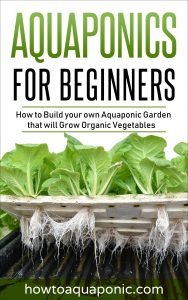 I have written a book that contains all the information you need to get started with aquaponics.
I have written a book that contains all the information you need to get started with aquaponics.
Don’t be the person that makes painful mistakes during your first aquaponics build!
It has 265 pages filled with information about aquaponics. It’s available in paperback or eBook format.
You can buy it here on Amazon.com
